Side Angle Pose
Shoulder Fix at the Wall
upward rotation
SIDE ANGLE POSE
Stop for a moment and think about how many times you lift your arms overhead in any given asana practice. There are plenty of opportunities, aren’t there? Side Angle Pose is a perfect example.
Also think about how this action is an everyday occurrence off of your yoga mat. It doesn’t even have to be in another movement practice, or maybe reaching up to grab something out of a cupboard. It could simply be a natural bodily instinct when you feel like you need a little stretch after sitting at your work desk for most of the day. An action like this can be so easily taken for granted. Lifting your arms up over your head without pain is a privilege for so many, and it can be quite frustrating when you want to engage in such a “simple” movement/action but have difficulty doing so. The same thing rings true when you consider a foundational posture like Side Angle Pose. This pose seems “innocent” enough but may not be so simple when there is pain that keeps you from lifting your top arm overhead.
Unfortunately, pain from this action is commonly rooted in the myth that it is better to draw your shoulders away from your ears even when your arms are overhead. This is often communicated in yoga classes, but let’s bust this myth with some anatomy of the shoulder.
SHOULDER MOBILITY
Access Your Active Range of Motions
- Increase strength and flexibility
- Decrease risk of injury
- Release shoulder tension
- Learn anatomy and biomechanics
- Access a wider range of postures
- Stabilize the rotator cuff muscles
- Learn binds, heart openers, and arm balances
- 12 all-levels, 75-minute online classes
- Lifetime unlimited access to all
SHOULDER ANATOMY
The acromion process is almost like a little bone that sticks out and is essentially the front part of the scapula. If you were to palpate and travel along the “spine of the scapula” (on the upper border of the scapula) and follow that along towards the top of the shoulder, you would feel a small flat surface underneath your fingers.
Underneath the scapula is the supraspinatus (a rotator cuff muscle), which exists underneath this acromioclavicular joint (AC joint). Within this space, you’ll also find soft tissue called the bursa. Bursae are like little liquid-filled sacs that help minimize friction between the moving parts of the joints throughout your body. Underneath the “shelf” of the AC joint, you’ll find the subacromial bursa and the subdeltoid bursa.
The action of pulling your shoulders down while trying to lift your arms up may cause compression, pinching the soft tissues. This can lead to issues like bursitis (inflammation of the bursa), tendonitis, or, in some more extreme scenarios, the tearing of the supraspinatus. When these types of issues arise, they create what’s often referred to as shoulder impingement: “Patients with shoulder impingement syndrome suffer from painful entrapment of soft tissue whenever they elevate the arm.” In order to avoid this entrapment, Matt explains that it’s imperative that we learn how to upwardly rotate the shoulder blades.
WATCH THE VIDEO: SIDE ANGLE POSE: SHOULDER FIX AT THE WALL
SHOULDER IMPINGEMENT
Once you understand the mechanics, it’s easier to understand why shoulder impingement may start to present itself in Side Angle Pose and other yoga postures where your arms go past shoulder height.
In the following study, we learn that shoulder impingement is both common and can be more complex:
“Shoulder pain is the third most common musculoskeletal complaint in orthopedic practice, and impingement syndrome is one of the more common underlying diagnoses. On the pathophysiological level, it can have various functional, degenerative, and mechanical causes. The impingement hypothesis assumes a pathophysiological mechanism in which different structures of the shoulder joint come into mechanical conflict. The goal of treatment is to restore pain-free and powerful movement of the shoulder joint.”
Asana practice does not replace treatment where necessary, but you can be proactive in trying to avoid shoulder impingement by moving with more intention and understanding. An asana practice may also serve as support to medical treatment.
So how can you move with more intention and understanding in Side Angle Pose?
200 HOUR ONLINE TEACHER TRAINING
GET CERTIFIED & DEEPEN YOUR YOGA PRACTICE
- Deepen your yoga practice
- Build confidence speaking in front of groups in person and online
- Learn foundational class structures and templates
- Learn techniques for a wide range of yoga postures
- Get certified and highly qualified to teach yoga
- Yoga Alliance Globally Recognized Certification Program
MOVE WITH INTENTION
Part of the intention in Side Angle Pose and other postures that require the action of lifting your arms overhead is to protect the subacromial space underneath the acromion process. You can reduce collision and obstruction by accentuating the movement of the angle of the joint. This happens by lifting the collar bone up and tilting the scapulae upward. As your arm goes up, the angle of the glenohumeral joint changes because the bottom tip of the scapula rotates up and forward. This change in the articulation of the joint helps reduce or possibly remove any pinching in the area, thus preventing pain.
When your arms go up, there are a number of muscle co-activations that are taking place to facilitate the bones’ movement (i.e., collar bone and scapulae). As the supraspinatus engages, it (hopefully) lifts the clavicle. The serratus anterior helps to pull the shoulder blade forward, and the co-activation of the lower and upper fibers of the trapezius will help with the rotation of the scapulae. In order to maintain the subacromial space, your shoulders need to lift up towards your ears. Setting yourself up at a wall for Side Angle Pose assists in the deeper understanding of the anatomy and biomechanics of the posture.
300 HOUR ONLINE TEACHER TRAINING
GET 500 HOUR CERTIFIED AS A MASTER TEACHER
Master your skill set as a teacher through refined techniques, anatomy, biomechanics, sequencing, philosophy, meditation techniques, theming, yoga business, and much more!
- Get 500 hour certified
- Learn anatomy, biomechanics, asana techniques
- Expand your teaching skills
- Masterful sequencing and verbal delivery
- Learn meditation and breathwork techniques
- Transformative tools: theming, dharma talks, satsang
SIDE ANGLE SHOULDER FIX AT THE WALL
(right foot forward)
In the video, you’ll see how Matt uses the wall to deepen the sensation of engagement/activation of muscles. A wall in Side Angle Pose is a great prop that reminds you to reach not only through your hand but also through the shoulder blade.
Here are the steps:
- Set up your mat perpendicular to a wall
- With your right toes facing the wall, place your right forearm on your thigh, with groins back
- Hand is by your side like in Tadasana
- Externally rotate the upper arm bone (will retract scapula)
- Reach down and away (point the finger to emphasize the reach)
- As the arm comes up, make sure that outer line of the scapula is reaching; get your shoulder to touch your ear. In this way, you’ll find that you have a greater range of motion
- Touch the wall with your fingertips and push into the wall with the hand
- Turn chest underneath. If your armpit goes forward here, suck the armpit back as you push
This is where a progression may be possible: The right forearm might leave the thigh, and you can place your hand next to the pinky side of your foot. If this is the case, your head may lower, creating more space between your shoulder and your ear. It is important to continue reaching through your hand and pulling your armpit back.
It’s these seemingly tiny actions that create a huge impact on the experience in your body. Building in this kinesthetic awareness can help you to reduce the occurrence of injury and help you increase your range of motion in the shoulders. Shoulder Mobility starts Saturday November 5th.
See you on the mat!
The 200 Hr. Teacher Training: Click Here to See the Next Start Date
The 300 Hr. Advanced Teacher Training: Click Here to See the Next Start Date
Article by Trish Curling
Video Extracted From: Anatomy In Motion
UPCOMING TEACHER TRAININGS
Continue Learning
Conquering Compass Pose
Conquering Compass PoseSURYA YANTRASANACONQUERING COMPASS POSE Conquering Compass Pose isn’t about forcing your leg behind your shoulder—it’s about understanding and participating in the muscular coordination that makes the posture possible. The real power comes from...
Leg Over Head Pose
Leg Over Head PoseEKA PADA SIRSASANALEG OVER HEAD POSE Leg Over Head Pose is one of those postures that challenges not only our bodies but also our mindset. When faced with a seemingly impossible pose, we tend to respond in one of three ways: dismissing it as...
Spanda In Backbends
Spanda In BackbendsSIDE PLANKSPANDA IN BACKBENDS Spanda in backbends is the key to creating both stability and freedom in spinal extension. Backbends are not just about bending; they require a balance between expansion and controlled engagement to prevent excessive...
Bound Half Moon
Bound Half MoonBADDHA ARDHA CHANDRASANABOUND HALF MOON The elements involved in Bound Half Moon are many. There’s a lot at work and more than meets the eye. Our ears, eyes, muscles, and proprioception help us to balance. When it comes to which element carries more...
Sciatic Nerve Pain
Sciatic Nerve Painhip strengthSCIATIC NERVE PAIN The sciatic nerve runs from the lower back through the glutes and down the leg, making it one of the longest nerves in the body. Because of its length, it can easily become irritated or pinched, leading to pain anywhere...
The SI Joint
The SI JointalignmentTHE SI JOINT What is the SI Joint? To understand what it is, we must discuss all that surrounds it. First, the Sacrum is a triangular-like shaped bone that sits between the two sides of the pelvis (the left Ilium and right Ilium). Now each Ilium...
THE FREE TECHNIQUE PACK
When You Subscribe, You Will Get Instant Access to
- the Technique Pack: 15 yoga pose breakdowns
- exclusive online course discounts
- exclusive blogs and videos
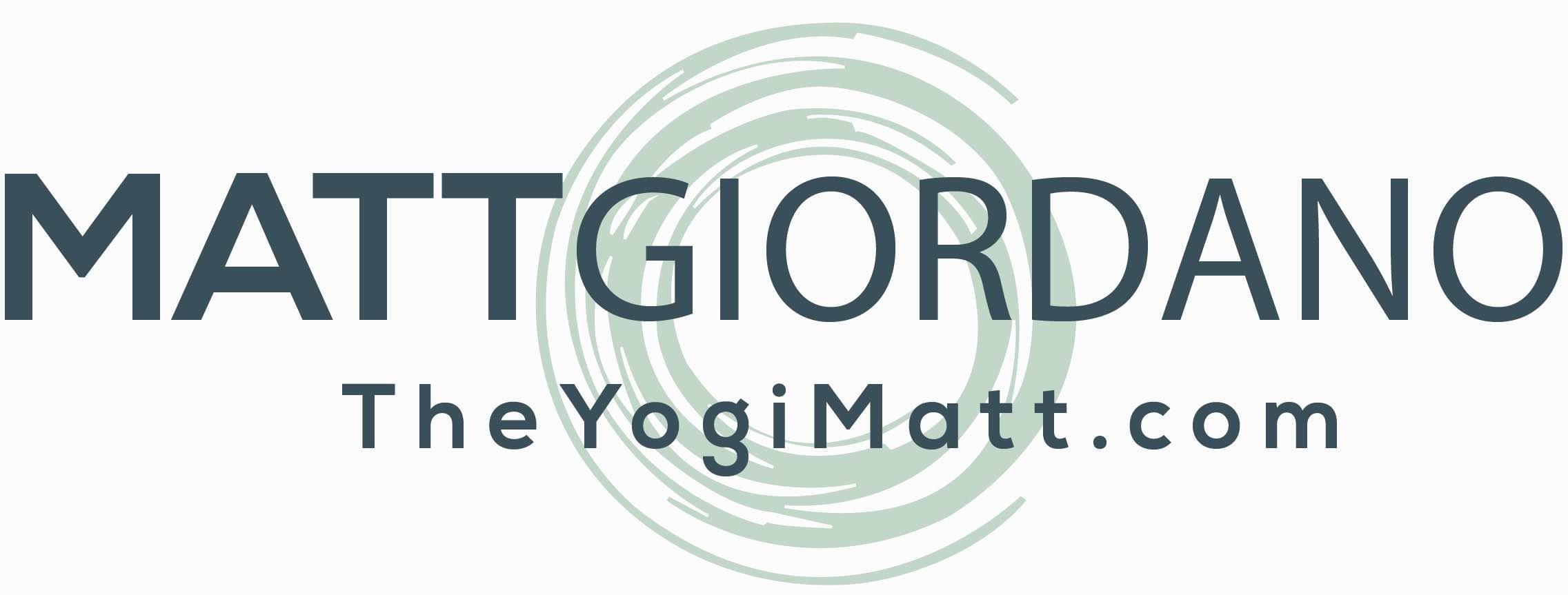
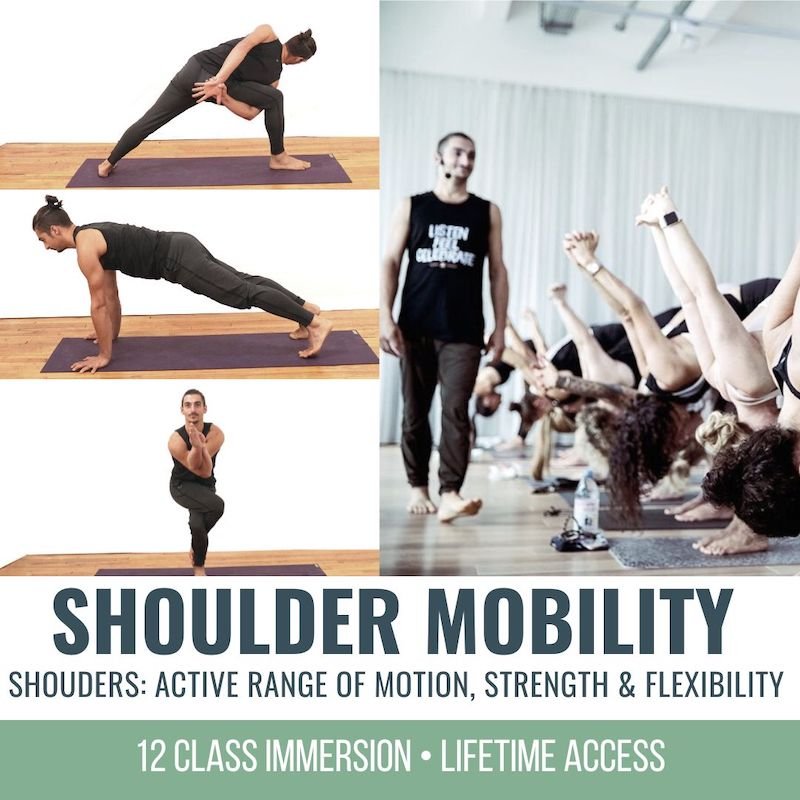



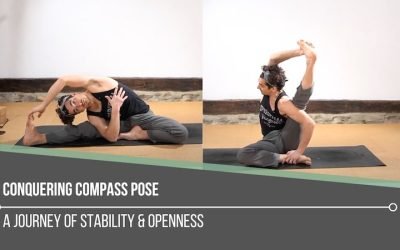
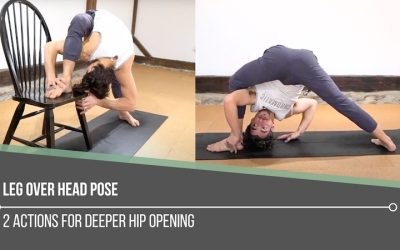
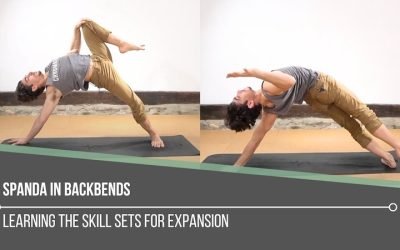
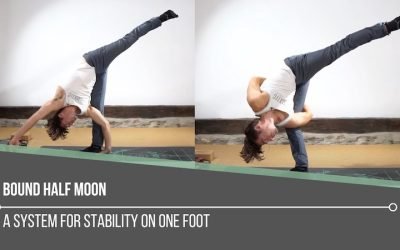
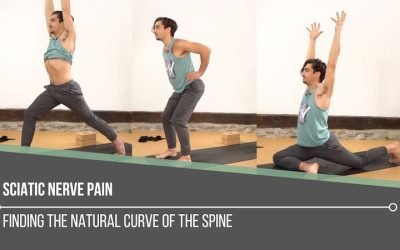
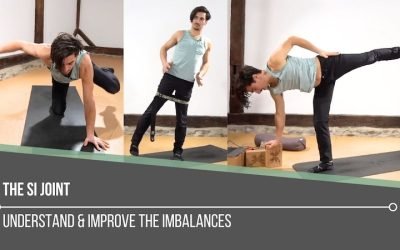


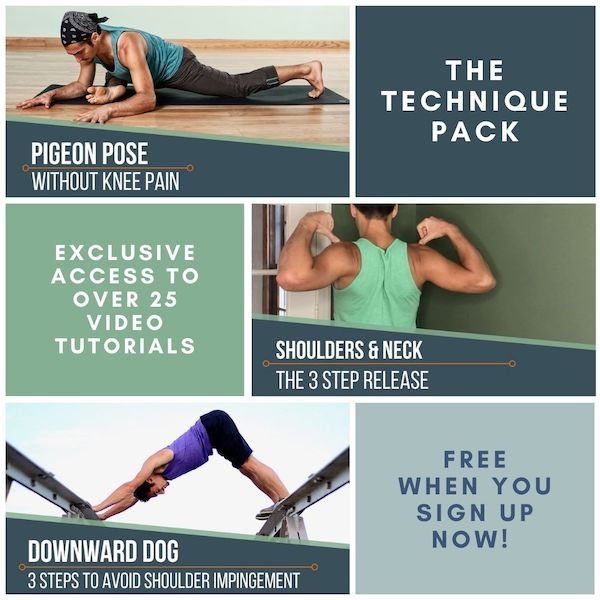
0 Comments